A group of NASA scientists has just revealed the thrilling days of the OSIRIS-REx mission, the spacecraft scheduled to drop a "treasure" to Earth on September 23.
OSIRIS-REx is a spacecraft tasked with sampling the ancient asteroid Bennu, a "fossil" from the dawn of the Solar System.

NASA spacecraft must face a world completely different from imagination. (Photo: NASA)
The specimen was due to parachute down in Utah before OSIRIS-REx departed for a new mission. But it was a near-miss. NASA almost lost the $800 million spacecraft.
Before OSIRIS-REx, another famous spacecraft, Japan's Hayabusa, successfully sampled the asteroid Itokawa. NASA used that event as a guide for designing OSIRIS-REx, because Itokawa and Bennu look very similar.
However, Dr. Kevin Walsh - Southwest Research Institute (USA), a member of the NASA/OSIRIS-REx mission - said that when they got closer, they discovered that Bennu had more fine-grained ponds than Itokawa. Not to mention, the asteroid's terrain is extremely complex. Although the thermal properties shown through remote observations showed that Bennu was very smooth, when approaching NASA immediately realized that they had to face a dangerous "rock formation".
If it lands as planned, OSIRIS-REx risks being "abducted" by Bennu forever because it cannot take off again or even break up when it hits rocks.
OSIRIS-REx was unexpectedly saved by... legendary guitarist Sir Brian May of the band Queen, who is also an astronomy enthusiast and got his PhD in astronomy 30 years ago - when he was not yet famous in the art field.
Dr. May contacted the OSIRIS-REx team and assisted NASA in reconstructing detailed stereoscopic images of Bennu's surface, thereby identifying an area flat enough for OSIRIS-REx to land safely.
With the help of the music legend, the team found a large, unobstructed impact crater. It was still a challenge, because instead of the planned 50-meter landing strip, it had to squeeze into Nightingale Crater, which was only 10 meters in diameter.
Still, NASA's spacecraft got lucky, and the sample it's about to bring back promises to help humanity find clues about the origin of everything in the solar system, including life on Earth.
(Source: Lao Dong Newspaper)
Source


![[Photo] Promoting friendship, solidarity and cooperation between the armies and people of the two countries](https://vstatic.vietnam.vn/vietnam/resource/IMAGE/2025/4/17/0c4d087864f14092aed77252590b6bae)
![[Photo] National Assembly Chairman Tran Thanh Man meets with outstanding workers in the oil and gas industry](https://vstatic.vietnam.vn/vietnam/resource/IMAGE/2025/4/17/1d0de4026b75434ab34279624db7ee4a)

![[Photo] Nhan Dan Newspaper announces the project "Love Vietnam so much"](https://vstatic.vietnam.vn/vietnam/resource/IMAGE/2025/4/17/362f882012d3432783fc92fab1b3e980)
![[Photo] Closing of the 4th Summit of the Partnership for Green Growth and the Global Goals](https://vstatic.vietnam.vn/vietnam/resource/IMAGE/2025/4/17/c0a0df9852c84e58be0a8b939189c85a)
![[Photo] The beauty of Ho Chi Minh City - a modern "super city" after 50 years of liberation](https://vstatic.vietnam.vn/vietnam/resource/IMAGE/2025/4/18/81f27acd8889496990ec53efad1c5399)
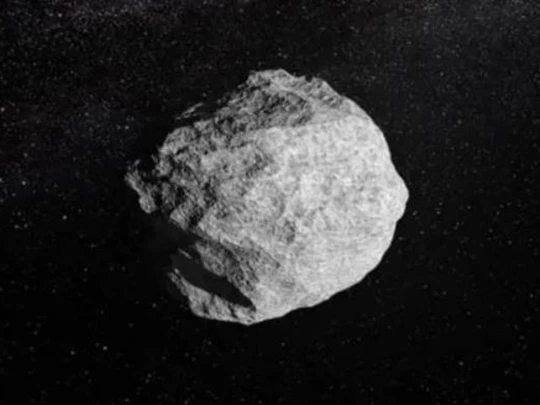

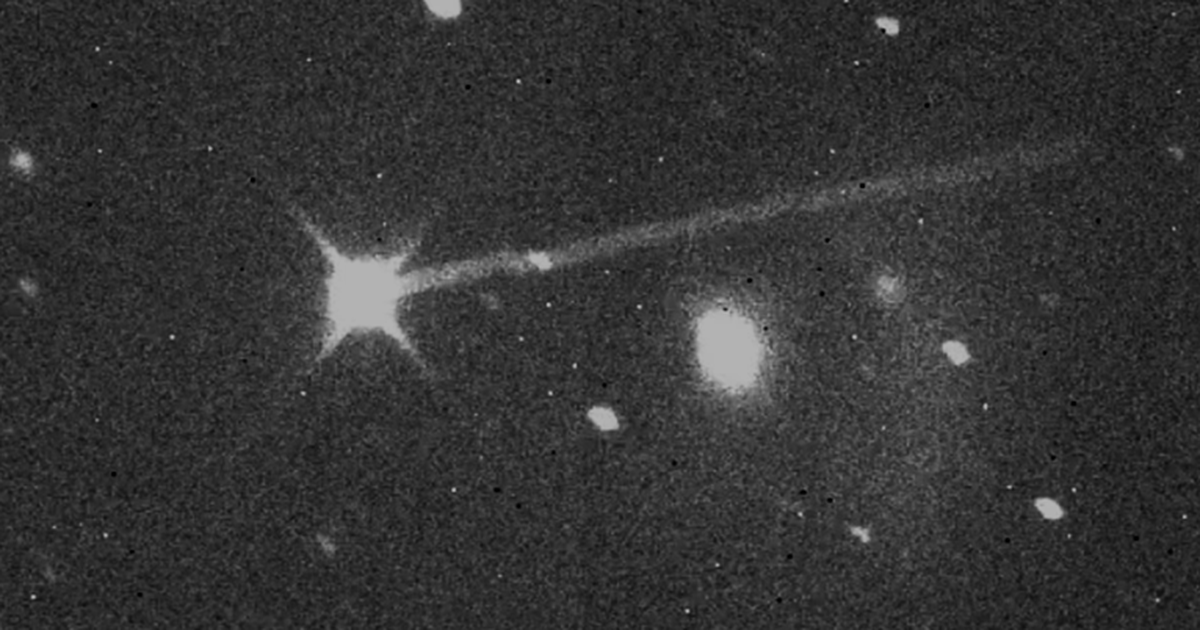



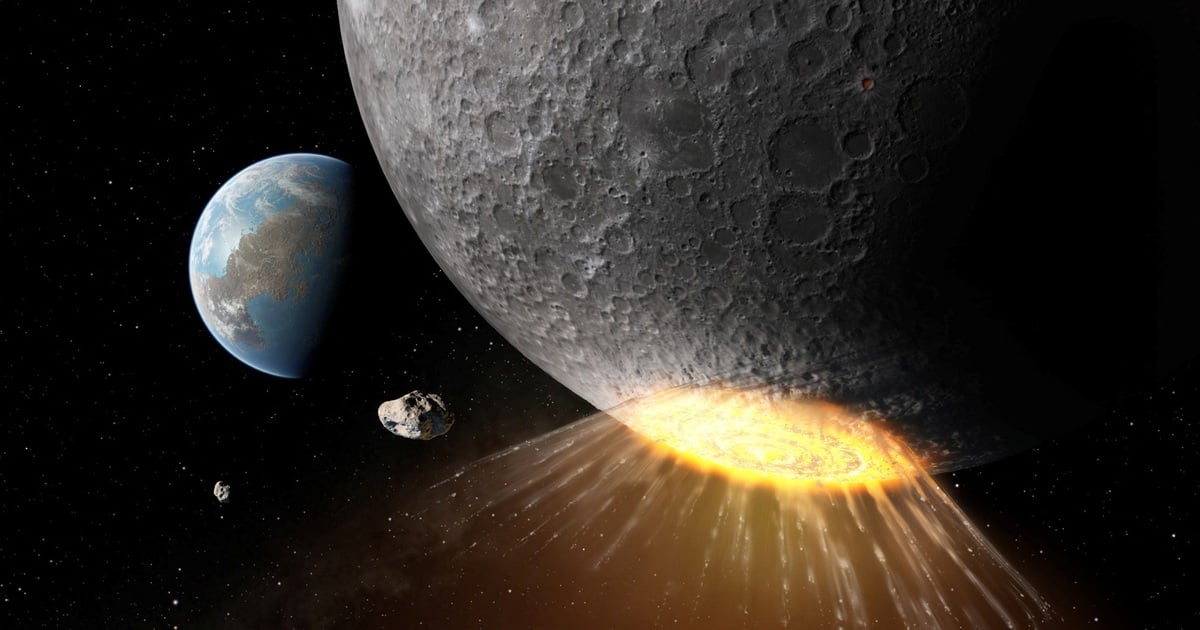

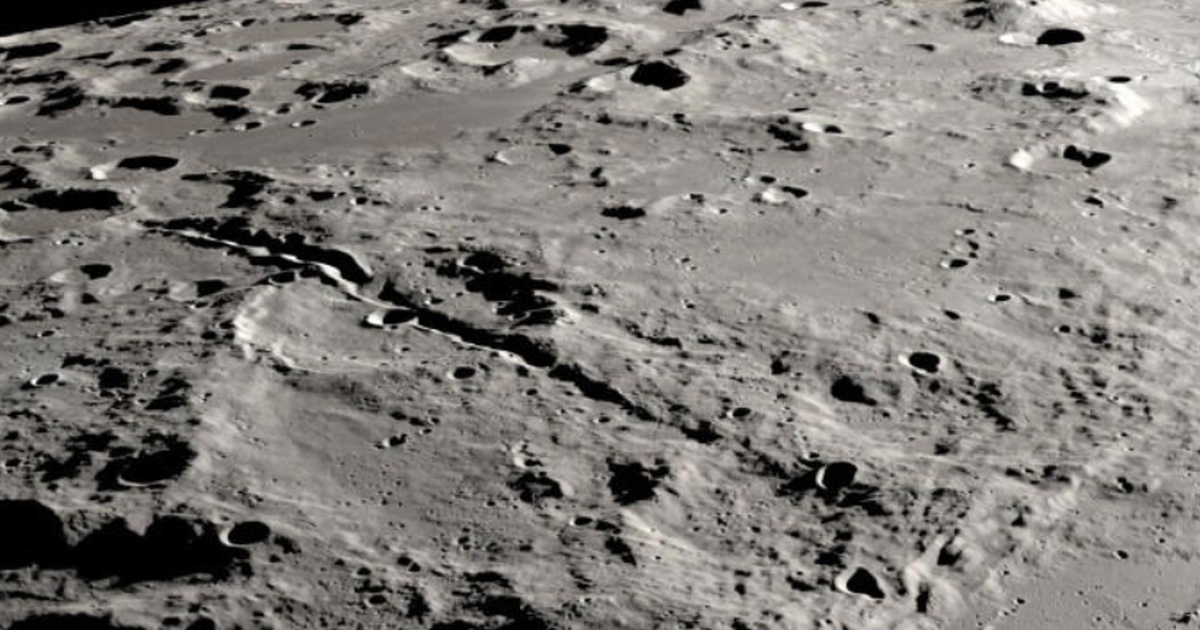
















![[Photo] General Secretary To Lam receives French Ambassador to Vietnam Olivier Brochet](https://vstatic.vietnam.vn/vietnam/resource/IMAGE/2025/4/17/49224f0f12e84b66a73b17eb251f7278)































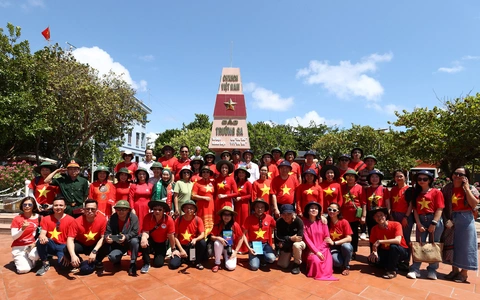



































Comment (0)